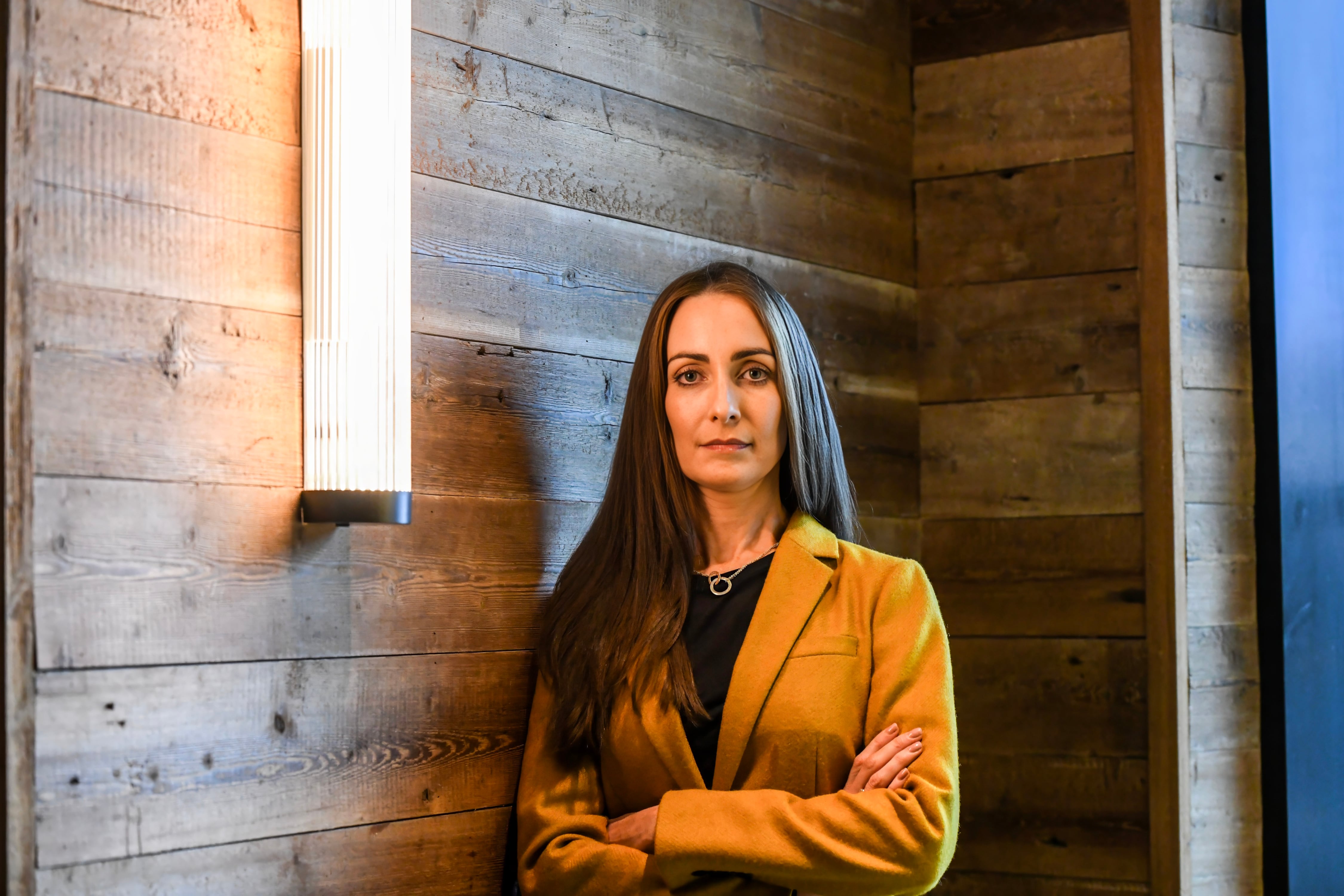Given technology’s ubiquity, it is almost impossible not to use it in some fashion every day – whether having a Zoom meeting, sending a WhatsApp, or transferring funds through your phone.
The Republic has had a strong tech sector for many years now and fintech is, if not the latest sector to become prominent, certainly one of the most interesting. So what does the future hold for fintech in the State and further afield?
The Irish fintech sector is extremely healthy, both in terms of the companies engaged in delivering services to consumers and the consumer adoption of those services, says David Kerr, CEO of Bonkers.ie.
“Every aspect of financial services is being heavily impacted by technology and those who are active in the space are delivering more and more solutions to consumers,” says Kerr.
READ MORE
In a business-to-business context, he adds, we are moving towards “technology-enabled, technology-delivered and technology-fulfilled financial services”. This will have an impact on services and transactions such as mortgages and insurance cover, “and everything in between”.
Fortunately, fintech has not been particularly hit by the recent phenomenon of tech lay-offs around the world. In Ireland fintech engineering roles have not been affected, meaning there is little impact on capacity for creating solutions in the sector here, says Kerr.
However, there is some concern in areas such as customer support “where some neobanks and fintechs have struggled to keep up with consumer demand, especially where their business model of ‘freemium’ services tends to sacrifice human-based customer support in favour of chat-bot-based services”, he says. Some of these, Kerr adds, “are perfectly functional in the main but struggle where specific help is required by a customer”.
Niall Corrigan, EY partner in financial services consulting, says the fintech landscape globally has faced its share of challenges over recent times and “we have not been immune from these challenges here in Ireland”.
“Despite this, Ireland’s fintech ecosystem remains vibrant, robust and dynamic,” says Corrigan. “In our discussions with companies right across the fintech space, several areas are currently front of mind among leaders and the C-suite, among them diversification into various sub-sectors, including financial software, digital banking and lending, payments, insurtech and regtech. This diversification is being driven by consumer demand for more accessible and efficient financial services.”

Corrigan says the rise in regtech solutions, which help businesses comply with the increasingly complex regulatory environment, presents an opportunity that fintech is seeking to exploit. And with the growth of ecommerce and digital transactions, there is a continued focus on innovating payment solutions to make them faster, more secure and more convenient.
Other trends include embedded finance – where non-financial institutions integrate financial services into their offerings, such as payment processing or lending – which is blurring the lines between traditional and non-traditional financial institutions, says Corrigan.
While the sector remains optimistic and agile, with incredible market opportunities to exploit, it is not without challenges, he adds: “Securing funding, particularly at an early stage of growth, can be challenging. The continuously evolving regulatory landscape is something that all companies must stay aligned to.
“Lastly, cybersecurity and attracting and retaining the right talent are ongoing issues for the sector. Fintech in Ireland is not alone here, however, with EY Ireland’s recent Tech Leaders Outlook Survey finding that increased cyber risks – 38 per cent – and talent management – 37 per cent – were the top two challenges for tech leaders.”
Customers will soon use more fintech apps than ever, leaving behind their traditional way of interacting with financial services institutions, Kerr predicts.
“Daily banking such as payments is already just an app on our phones – we are very used to ‘texting’ money to our friends in small sums to split bills, or pay for smaller items,” he says.
“As that norm continues to evolve, we will interact with apps to arrange even more financial services, ranging from simple ones such as travel insurance policies, to telematics-based car insurance and even the arrangement of our mortgage. The more comfortable consumers become transacting ever more complex financial services, the more fintechs will spring up to offer such services.”
Technology access, standards in security, openness in banking, the willingness of consumers to adopt such trends in ever-increasing numbers and the “app-ification” of financial services and money are all driving trends in fintech, says Kerr.
“The computing power of the device in a consumer’s pocket is phenomenal and the growth in the capability of these devices continues to be exponential,” he adds. “Raw processing power in-device, coupled with high-bandwidth communication to extremely high processing capacity in data centres, is driving the availability of more and more complex calculations, including AI support.”
Kerr identifies a “growing consolidation of the big tech companies” in this area, driven by the cost of delivering data centres.
“Blackstone Group is investing heavily in data centres and has over $50 billion in assets right now, with a further $50 billion in the pipeline, according to their latest comment on the subject,” he says.
He sees AI large action models as being “the natural evolution of large language model adoption”, dependent on the capacity of data centres to power their development in line with demand.
“Consider asking an AI to arrange a mortgage for you or place an order for a car insurance policy – we aren’t that far away from that being a reality,” he says. “The only question is whether consumers will want everything the technology could offer and if suitable guardrails in regulation for consumer protection and security can be put in place.”














